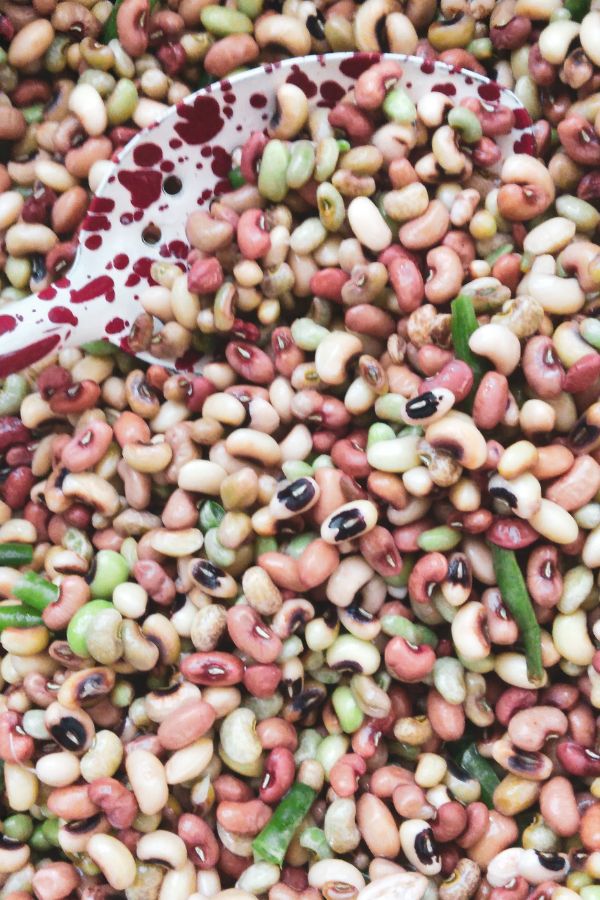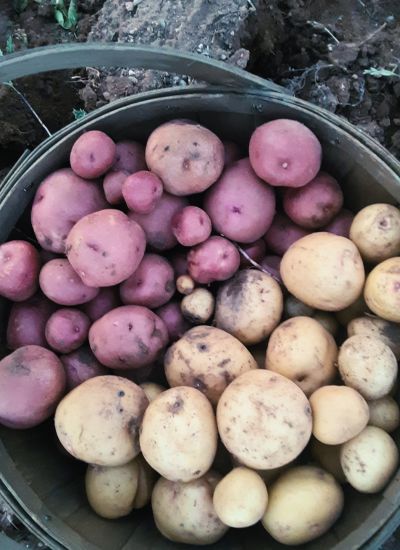Canning at Home
Welcome to the old-fashioned skill of home canning, a process that was once a common household practice and is gaining popularity once again. With canning, the bounty of your garden, or the local farmer’s market, can be savored all year round. This guide is designed to introduce you to the basics, helping you to safely preserve your favorite fruits, vegetables, and even meats. Let’s get in the kitchen!
What is Canning?
Canning is a method of food preservation that involves processing food in sealed jars to extend its shelf life. This process keeps food safe from bacteria, yeast, and molds by creating a vacuum seal in the jar, which prevents spoilage.
Getting Started
- Choose Your Method: There are two main methods of canning: water bath canning and pressure canning. Water bath canning is great for high-acid foods like fruits, tomatoes, and pickles, while pressure canning is required for low-acid foods like most vegetables and meats.
- Gather Your Supplies: You’ll need sterilized jars and lids/rings, a pressure canner (or large canning pot for water bath canning), jar lifters, a funnel, and a ladle.
- Prepare Your Canner: For water bathing, fill your canner at least half full of water. Cover and slowly simmer until you are ready to process your jars. For pressure canning, add 2-3 inches of water to your canner and hold at a simmer until you’re ready to process your jars.
- Prepare Your Food: Start with fresh, high-quality produce. Wash and cut your food as recommended in your recipe.
- Fill Your Jars: Following your recipe, fill your jars, leaving appropriate headspace. Wipe the rims clean with a vinegar dampened cloth, place the lids on, and hand tighten the bands.
- Process Your Jars: Place your jars in your prepared canner and process them for the time specified in your recipe.
- Cool and Store: Once processed, carefully remove your jars from the canner and place them on a towel, allowing the jars to cool undisturbed. Wait for that satisfying “pop.” Check the seals once they’re completely cool before storing in a cool, dark place.
Benefits of Canning
- Preserves Produce: Extend the life of your harvest or market bounty.
- Enhances Flavor: Home processing can enhance the natural flavors of your food.
- Health Benefits: By choosing your own ingredients, you are able to eliminate artificial ingredients in your home processed food.
- Reduces Food Waste: Preserving food reduces waste and can save money.
Canning Resources
Whether you are growing your own fruits and vegetables or buying from a local farmer, understanding how much fresh produce you will need in order to meet your preserving goals is an important first step.

Canning Load

Pounds Per Bushel
Safety
When canning at home, it’s crucial to follow recipes and guidelines precisely to ensure the food is preserved safely. Improper techniques can lead to food spoilage or, in severe cases, foodborne illnesses. For many years, I have used and trusted recipe books published by Ball Mason Jars. On their website they offer a wonderful, more extensive guide, that I highly recommend. You can find it here along with tried and true recipes that I love.
Canning is not just a food preservation method; it’s a gateway to self-sufficiency that connects us to the past, teaches patience, and rewards us with flavors that can’t be found in store-bought foods. Whether you’re just getting started or are a seasoned preserver, canning at home is a rewarding old-fashioned skill. There’s not much more satisfying than looking in your pantry and seeing rows of colorful jars full of food you have stored away for your family.
Pin this page for later:




